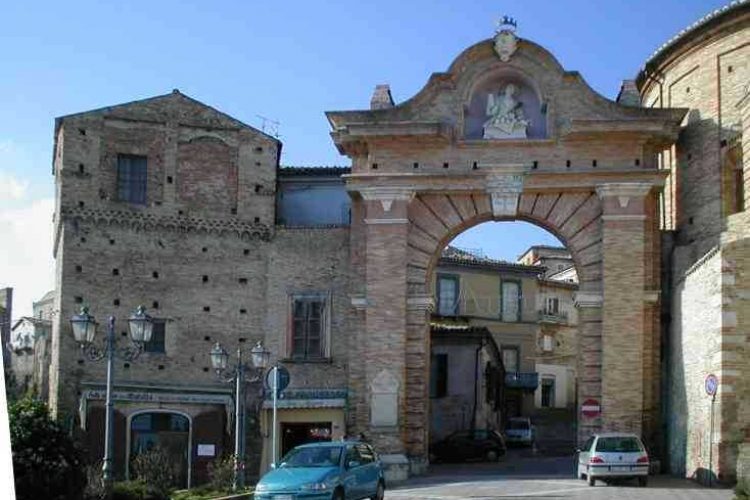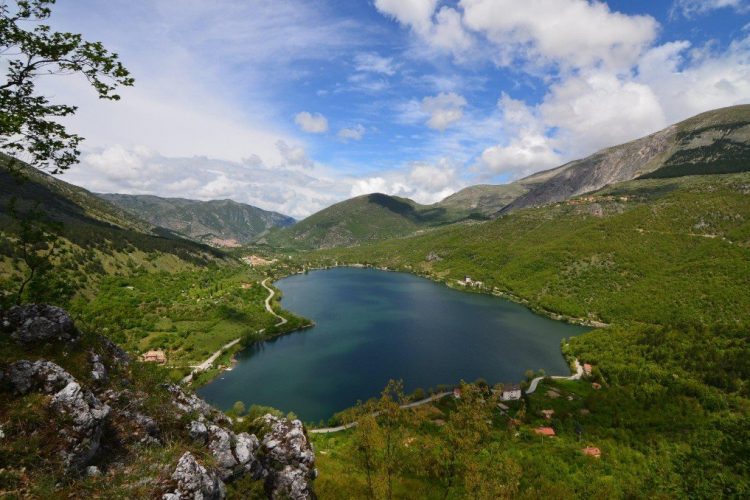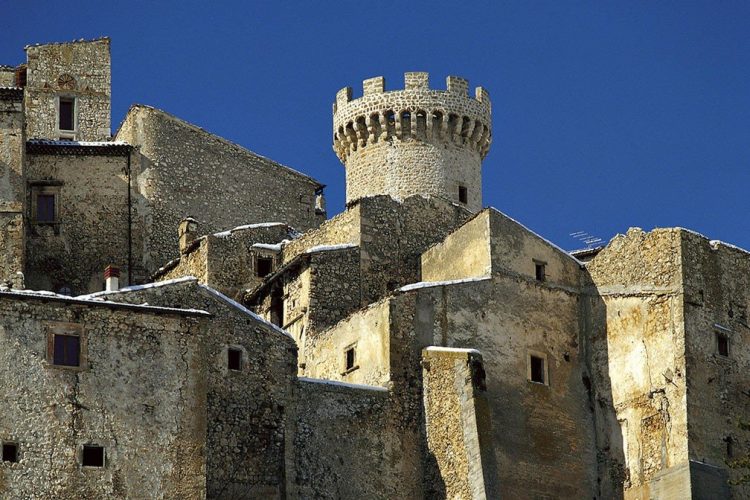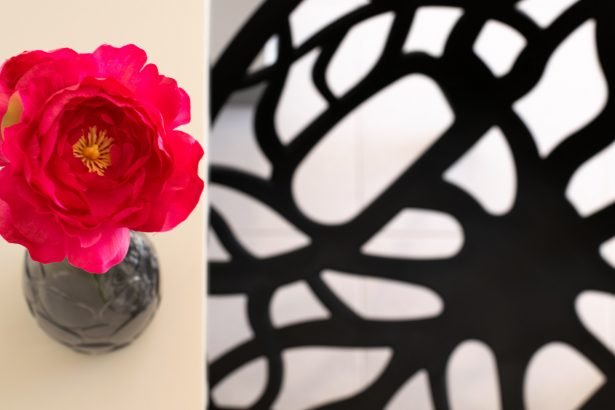Places of Heart
Our favorite places are the first that we recommend you to discover in Abruzzo.
Pacentro
Pacentro (690 sml) is a small village in the Peligna Valley that is characterized by the beautiful historic center dominated by the towers of the Caldora-Cantelmo Castle.
There are several prestigious monuments to visit such as the church of Santa Maria Maggiore, that of S. Marcello Papa and that of the Immaculate, the numerous alleys that seem to form an embroidery in the central part are delightful.
Pacentro boasts of having given birth to the rock star Madonna.
In Pacentro the artistic craftsmanship boasts a centuries-old tradition and consists in the processing of the white Maiella stone, the terracotta figurines for the nativity scene, the crochet filet and the Abruzzese female costumes.
Trabocchi coast
This name indicates a stretch of coast of about 130 km that extends from Ortona, a town immediately after our Francavilla, and Vasto.
The coast in this stretch is mostly high and rocky and is formed by golden shores, cliffs, pebble coves, while in the sea you will find the characteristic Trabocchi .

Orfento Valley
The Orfento River gives its name to the splendid valley that from the main peaks of the Majella massif descends to the town of Caramanico Terme; over millions of years, the water has dug a narrow gorge now covered by dense riparian vegetation on which willows, ferns and mosses stand out.
Starting from 1980 in the valley Cervi and Caprioli were reintroduced, which over the years, having reproduced, colonized the entire western side of the Park.
The valley today is crossed by an articulated network of paths with access points placed on both sides; from the town of Caramanico Terme the two paths depart for the Ponte del Vallone and for the Scalelle, while downstream of the village can be accessed from the bridge on the highway.
Penne
Ducal city dear to the Farnesi family, famous for its convents and monasteries, it was the ancient capital of the Vestini with the name of “Pinna virens” and lived a shining period both in Roman times. Penne rises on a very panoramic hill (438 m asl), in the high Tavo valley. The city center is characterized by the presence of splendid monuments and elegant eighteenth-century buildings, which tell its noble history.


Scanno
The village of Scanno is a small gem in the Abruzzo National Park and from its 1050 m slm it dominates the Sagittarius Valley. Famous for its famous lake and its excellence in the goldsmith’s art, in embroidery with lace making, in female costumes. The female costume was born between the seventeenth and eighteenth centuries, still a reason of luster for those who wear it.
Santo Stefano di Sessanio
Santo Stefano di Sessanio (1,251 m asl), an ancient fortified village of about 120 inhabitants located in the Gran Sasso-Monti della Laga National Park, is one of the pearls of Abruzzo. The evocative historical center, of medieval origin and of incredible beauty, is entirely built in white limestone, darkened by time, and is dominated by the imposing cylindrical tower, called “Medicea” for the


Guardiagrele
Guardiagrele (town population about 9.500 inhabitants), the “city of stone” stands on a high hill (576 m asl), from which you can enjoy a magnificent panorama. The municipal area is included in the area of the Majella National Park, which has its registered office in Guardiagrele .
Voltigno
La Piana del Voltigno is an enchanting plateau of karstic origin located in the eastern part of the Gran Sasso, in Abruzzo, at an altitude of about 1400 meters, and extends between the provinces of L’Aquila and Pescara. The valley is almost entirely part of the territory of Carpineto della Nora and is also part of the Gran Sasso and Monti della Laga National Park. Furthermore the Piana del Voltigno constitutes, since 1989, together with the Valle D’Angri, the regional reserve “Voltigno and Valle D’Angri”.


Sulmona
Sulmona is a medieval city with Roman origins set between two mountain massifs, that of the Majella and that of the Morrone, in the heart of the Abruzzo region .. Its unique position on the axis of the two main trade routes has ensured its richness and growth beyond two millennia of history.
Besides being widely recognized as the homeland of the candy, Sulmona is also the birthplace of the poet Ovid, the place where Celestino V – Pope of the great refusal – sought relief in the thirteenth century, and finally the production center of the famous Red Garlic of Sulmona .
The city hosts an impressive calendar of events throughout the year, which reaches its peak during the summer with the Giostra Cavalleresca of Sulmona and in the Easter period with the rites of the Procession of the Holy Friday and of the Madonna that runs away to the Piazza.








